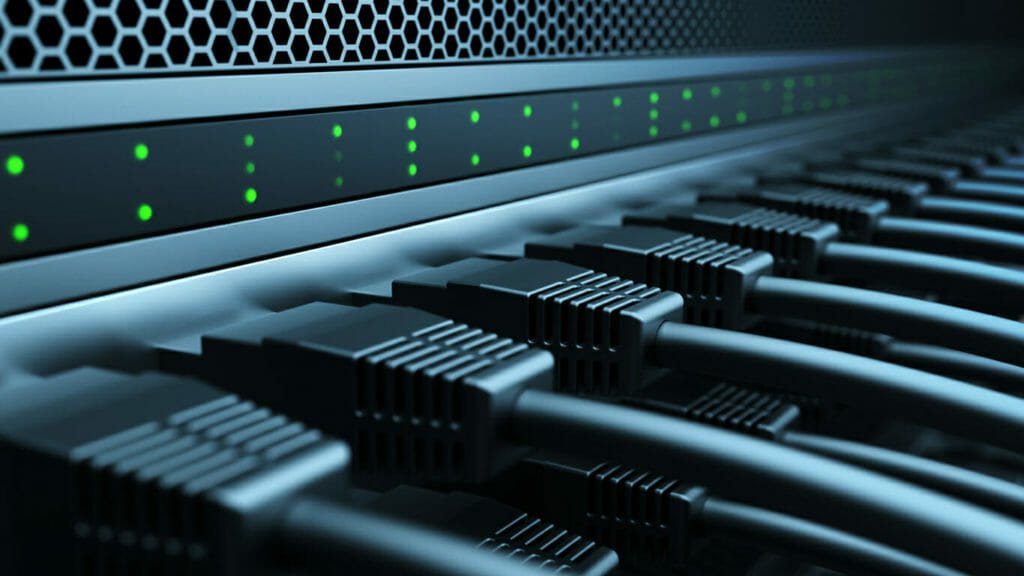
The Main Components of a DC Power System
In our connected, high-tech and high-paced world, tolerance for downtime is simply not acceptable. DC Power Plants are often used in many industries, especially telecom and network applications to ensure clean, reliable DC power is supplied to critical equipment. In our previous two articles regarding DC power plants, we discussed typical applications where they are used the most, some of the advantages they provide, and how to best maintain these systems. In this article, we’ll take a closer look at these components to better familiarize ourselves with what is going on inside this system, and their benefits.
DC plants can vary significantly based on the type of application the unit has been designed for – from small telecom applications, with minor amperage requirements, to large switch-gear applications that have significant power demands. However, the main components of system are typically a charger / rectifier, batteries and distribution. The type of enclosure can also vary greatly based on application.
The Main Components of a DC Power System
Rectifier / Charger
Essentially, a rectifier is an electrical device that converts alternating current, which periodically reverses direction, to direct current, which flows in only one direction. The rectifier has two main requirements, the primary is to provide direct current (DC) power to the supported loads, as well as to charge and maintain the DC plant batteries to keep the plant running in the event of a power failure. When looking at options, it is important to review efficiency, redundancy, and modularity to the DC plant system.
Things to Look For When Choosing a Rectifier:
- Does the system being backed up need redundancy?
- Is efficiency important to this system?
- Does the system eventually need to grow or scale? Some DC plant systems are modular and easily scalable, allowing for future expansion, without significant infrastructure change.
Controller – For some systems, there may be a separate controller. The controller is essentially the “brains” of your DC plant. It provides the logic to the rest of the system, looking at the rectifier and batteries and distribution, giving them operating commands and providing insight into the status and functionality of the unit.
For the controller, it is important to understand what type of network communication requirements exist. For example, does the unit need to tie to the building automation system? Do you need network connectivity through SNMP or other communication protocol?
Batteries
Any batteries that are part of a DC plant typically run in a series, due to the amount of power needed. Depending on the number and type of batteries needed, durability will likely be the most important benefit of batteries for a DC plant. VRLA, Lithium Ion, NICAD, and Wet Cell batteries can all be used in a DC plant, depending on the application.
Things to Look For When Choosing DC Plant Batteries:
- Do the batteries need to have a long duration discharge?
- What type of environment are these batteries being installed in? As an example, if the batteries are in a remote location, less than ideal humidity, or surrounded by high temperatures, lithium ion batteries may be a good choice.
- What will the life cycle cost be of the batteries chosen?
- Does there need to be monitoring set up for these batteries?
- What is the footprint restrictions at your site?
Distribution
For most applications, when selecting a DC system, the user may have specific requirements around distribution needs. Often the distribution is integrated into the rectifier enclosure itself, but could also be external. Future load requirements should be taken into consideration when selecting a DC power application to ensure you’ll have distribution needs met throughout the life-cycle of the system.
Enclosure
There are various designs as to how a DC plant can be set up. The enclosure itself can be a rack mount design, or it can be an open shelf. Utility switch boards often have shelf mounted enclosures, while telecom companies tend to have smaller enclosures due to their environment. Batteries may be in the enclosure or in a separate rack.
Things to Look For When Choosing an Enclosure:
- What type of footprint is the enclosure going into?
- What type of environment is the enclosure being installed in?
- Is redundancy a requirement?
It is important to consider all the factors discussed here together when choosing the right DC plant for your environment. If you are newer to managing these types of environments, these decisions may seem overwhelming. Contact QPS for help deciphering all your DC plant options and helping you find the right design for your environment.
Published on Jul 13 2018
Last Updated on Jan 25 2023


